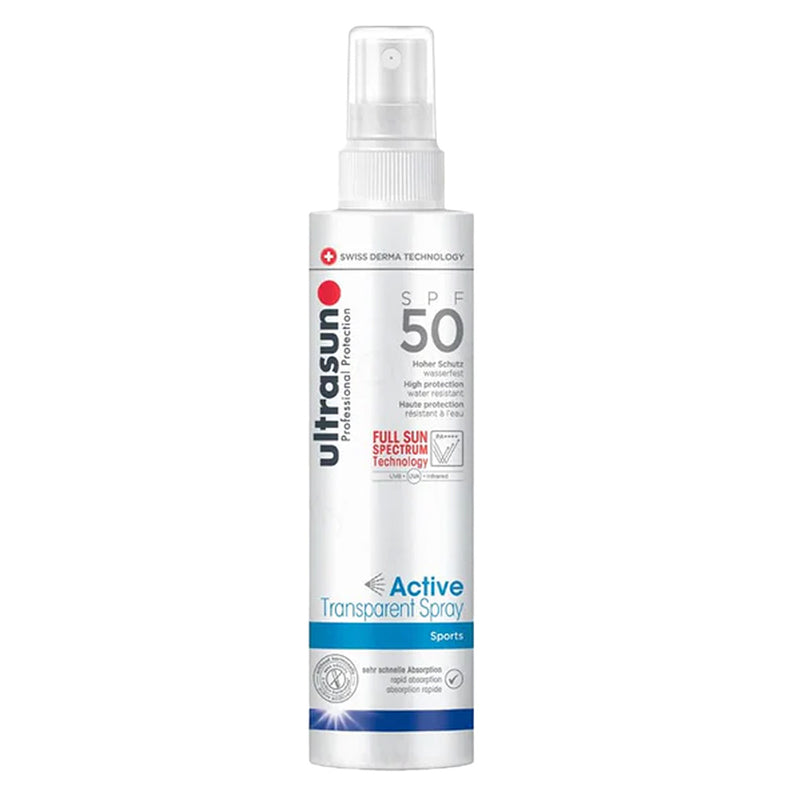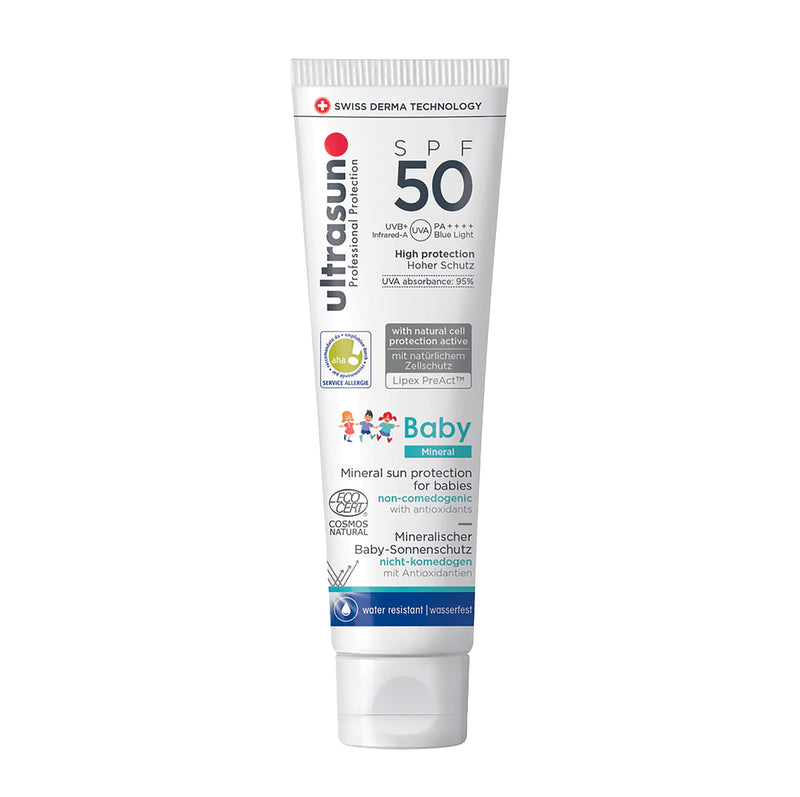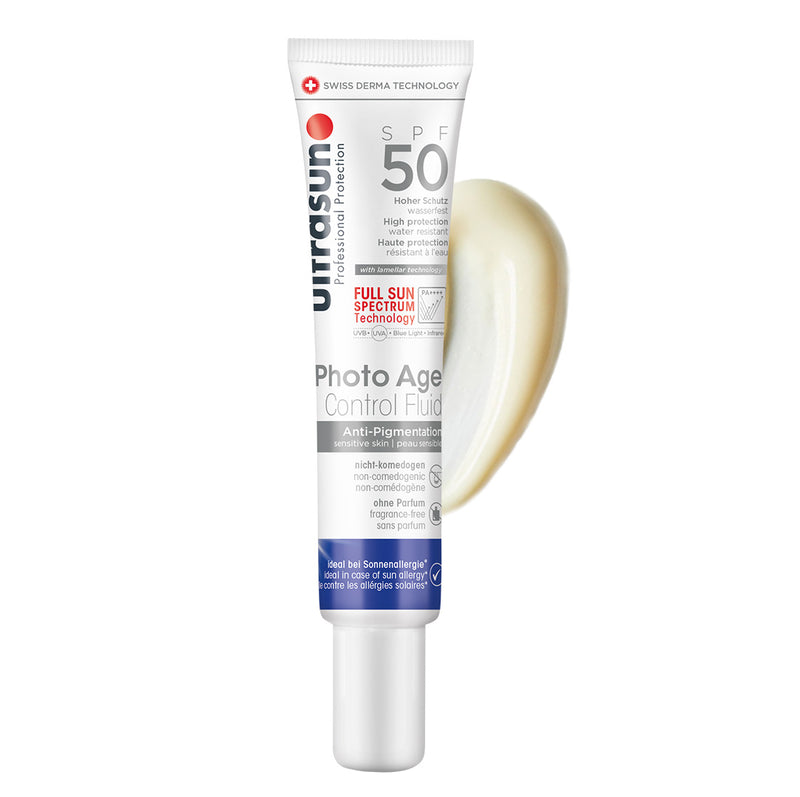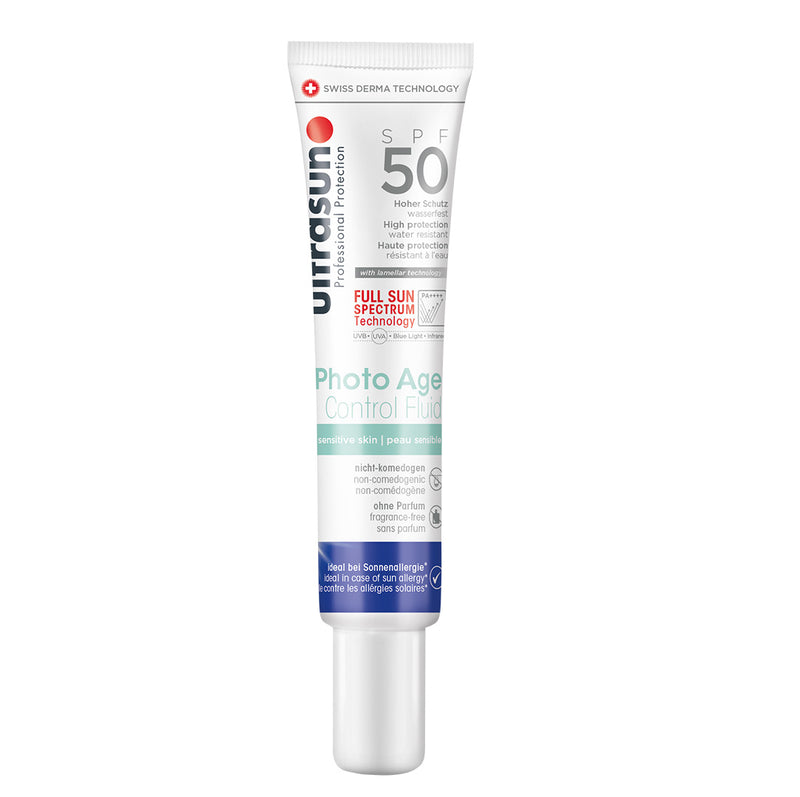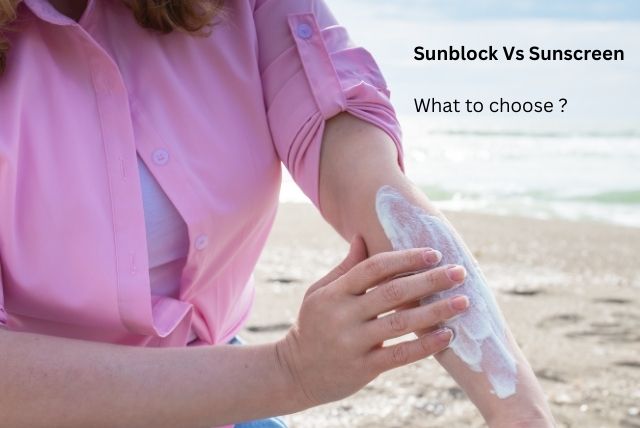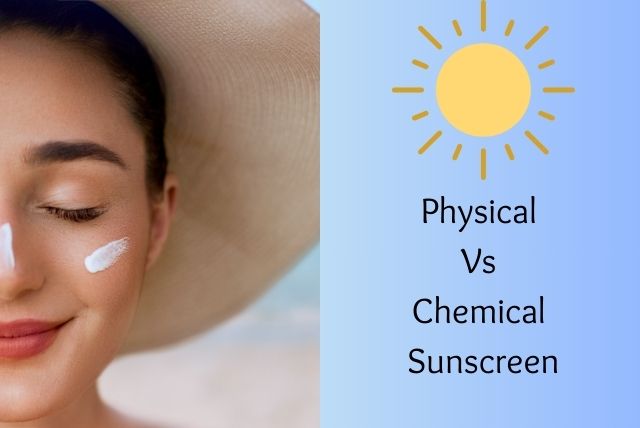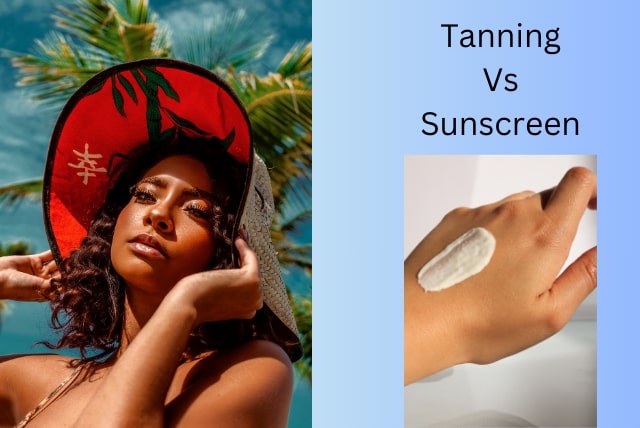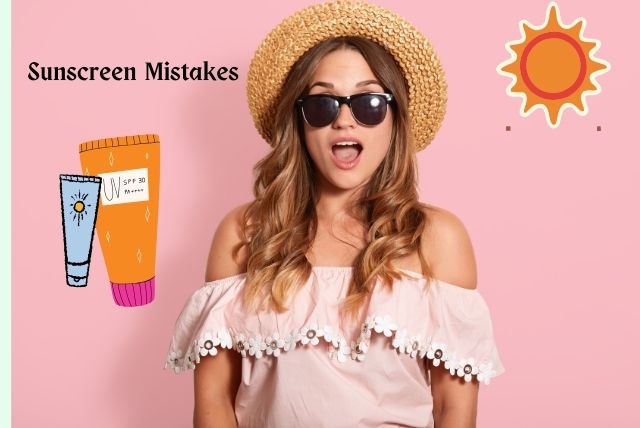When it comes to protecting our skin from the sun's harmful rays, we often hear about two main products: sunblock and sunscreen. While they both aim to shield our skin from UV damage, there are key differences between the two. In this comprehensive guide, we'll delve into the distinctions between sunblock and sunscreen for face, helping you make informed decisions about sun protection.
1. Sunblock: What Is It?
Sunblock, also known as physical or mineral sunscreen, contains mineral ingredients like zinc oxide or titanium dioxide. These minerals sit on top of the skin and act as a physical barrier, reflecting and scattering UV rays away from the skin's surface. Sunblock provides broad-spectrum protection against both UVA and UVB rays.
2. Sunscreen: What Does It Do?
Sunscreen, on the other hand, contains chemical filters that work by absorbing UV radiation before it penetrates the skin. Common chemical ingredients in sunscreen include avobenzone, octinoxate, and oxybenzone. Sunscreen forms a protective layer on the skin, converting UV rays into heat and releasing it from the body.

Which is better: sunscreen or sunblock?
The choice between sunscreen and sunblock ultimately depends on individual preferences, skin type, and specific needs. While both products aim to protect the skin from UV radiation, they differ in their ingredients, mechanisms of action, and cosmetic properties. Here's a detailed breakdown to enhance your understanding of the differences:
Sunscreen:
- Ingredients: Sunscreen contains chemical filters that absorb UV radiation and convert it into heat, preventing it from penetrating the skin.
- Mechanism of Action: Sunscreen forms a thin, invisible layer on the skin's surface, allowing for a more lightweight and cosmetically elegant application.
- Cosmetic Properties: Sunscreen tends to blend into the skin more seamlessly, often leaving behind a non-greasy or matte finish.
- Reapplication: Sunscreen typically requires more frequent reapplication, especially after swimming or sweating, as its effectiveness diminishes over time.
Sunblock:
- Ingredients: Sunblock, also known as physical sunscreen, contains mineral ingredients like zinc oxide or titanium dioxide, which create a physical barrier on the skin's surface.
- Mechanism of Action: Sunblock reflects and scatters UV radiation away from the skin, providing broad-spectrum protection without chemical absorption.
- Cosmetic Properties: Sunblock may leave a visible white cast on the skin due to its mineral particles, which can be more noticeable on darker skin tones.
- Reapplication: Sunblock often requires less frequent reapplication compared to sunscreen, as its protective barrier remains intact for longer periods.
Best Sunblock and Sunscreen for your Ideal skin
While both sunscreen and sunblock for face are effective forms of sun protection, here are some recommendations for you:
1) Sunscreen for Sensitive, Acne, Oily & all skin types

Why to Buy this:
- This sunscreen is for sensitive skin and it's a chemical sunscreen but still you can use this because Ultrasun do not use any harmful ingredients that other big brands use in their products to make more profit but we deliver only quality products.
- Provide sun protection from all UVA, UVB, Infrared and blue light rays with an SPF 50 PA++++ rating.
- Provide dual benefits - Sun protection + Prevent Acne
- No harsh Chemical Ingredients, no fragrance, paraben free.
- 8+ hours of long-lasting sun protection.
.
2) Ultrasun SPF 50 Sunscreen for Pigmentation

Why to Buy this:
- Broad spectrum, Infrared & Blue light protection.
- Dual benefits: Reduce dark spots, pigmentation plus SPF 50 PA++++ rating.
- Waterproof, Non greasy and suitable for all skin types.
- Long lasting sun protection because of the use of lamellar technology.
3) Ultrasun Sunblock for Baby and Kids

Why to Buy this:
- Infrared, Blue light, & Broad spectrum sun protection with best PA++++ rating.
- This sunblock did not irritate your baby's eyes.
- Suitable for sensitive to hypersensitive skin.
- Free from fragrance, harsh chemicals, and paraben.
4) Easy to use Ultrasun spray sunscreen

Why to Buy this:
- Suitable for all skin types with best sun protection from all harmful rays.
- It’s waterproof resistant, free from paraben and fragrance.
- Non greasy, absorbs fast, and very easy to use.
How to Choose the Right Product? Sunblock Vs Sunscreen
Choosing between sunblock and sunscreen depends on various factors, including your skin type, preferences, and specific needs. Here are the steps to selecting the appropriate product:
- Understand Your Skin Type: Determine whether you have sensitive, oily, dry, or acne-prone skin. This will help you choose a product that suits your skin's needs and preferences.
- Consider Your Sun Exposure: If you find yourself outdoors frequently or experience prolonged sun exposure, prioritize selecting a product with a higher SPF and broad-spectrum protection. This will effectively safeguard your skin against both UVA and UVB rays.
- Read the Label: Look for products labelled as "broad-spectrum," which offer protection against both UVA and UVB rays. Additionally, check the SPF (sun protection factor) rating, with SPF 50 for adequate protection.
- Choose Your Formulation: Consider your preferences for texture and application. Sunscreens are available in various formulations such as lotions, creams, sprays, and gels, while sunblocks typically come in cream or stick form.
- Check for Water Resistance: If you'll be swimming or sweating, opt for a water-resistant product that can withstand water exposure for a specified time (typically 40 or 80 minutes) before needing to be reapplied.
- Avoid Irritating Ingredients: If you have sensitive skin or are prone to breakouts, choose products labelled as "non-comedogenic" (won't clog pores) and free from fragrances, dyes, and other potential irritants.
- Consider Environmental Impact: Some sunscreen ingredients, such as oxybenzone and octinoxate, have been linked to coral reef damage. Opt for mineral-based sunscreens containing zinc oxide or titanium dioxide if you'll be swimming in ocean environments.
- Cosmetic Preferences: Consider your preference for texture and finish. Sunscreen often comes in a variety of formulations, including sprays, gels, and creams, catering to different preferences.
Tips for Effective Sun Protection:
Effective sun protection is essential for maintaining healthy skin and reducing the risk of sun damage, premature aging, and skin cancer. Here are some tips for effective general sun protection:
- Apply Sunscreen Daily: Use a broad-spectrum sunscreen with SPF 30 or higher every day, even on cloudy days or during winter months. Apply it to all exposed skin areas, including your face, neck, ears, and hands. Reapply Sunscreen Frequently: Reapply sunscreen every two hours, or more often if swimming or sweating heavily. Be sure to reapply after towelling off or engaging in activities that may remove the sunscreen from your skin.
- Seek Shade: Whenever possible, seek shade during peak sun hours, typically between 10 a.m. and 4 p.m. Shade provides additional protection from harmful UV radiation.
- Wear Protective Clothing: Cover up with clothing, hats, and sunglasses to shield your skin from the sun's rays. Choose clothing with a tight weave and darker colors for better protection.
- Use Sun-Protective Accessories: Wear wide-brimmed hats to shade your face, neck, and ears. Invest in sunglasses with UV protection to shield your eyes from harmful UV radiation.
- Avoid Tanning Beds: Avoid indoor tanning beds, as they emit harmful UV radiation that can increase your risk of skin cancer and premature aging.
- Stay Hydrated: Drink plenty of water throughout the day to keep your skin hydrated and help prevent dehydration, especially during prolonged sun exposure.
- Be SunSmart Near Water and Snow: Remember that water, sand, and snow can reflect and intensify UV radiation, increasing your risk of sunburn. Take extra precautions in these environments.
- Protect Children: Keep babies younger than six months out of direct sunlight and dress them in lightweight clothing that covers their arms and legs. Use sunscreen on small areas of exposed skin, such as the face and hands, if necessary.
- Perform Regular Skin Checks: Conduct regular skin self-examinations to monitor for any changes in moles, freckles, or other skin lesions. Consult a dermatologist if you notice any suspicious changes or have concerns about your skin health.
Conclusion:
In the sunblock vs. sunscreen debate, both products play crucial roles in protecting our skin from the sun's harmful rays. Whether you opt for the physical barrier of sunblock or the chemical protection of sunscreen, the most important thing is consistent and diligent application. By understanding the differences between the two and following proper sun protection practices, you can enjoy the outdoors safely while safeguarding your skin against sun damage.
Read:


